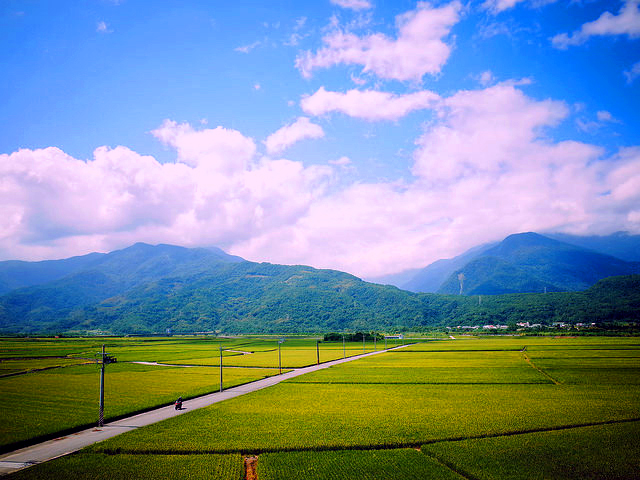Crack Into a Pistachio Today
The Folklore. There’s no denying the call of the pistachio. That smooth, beige shell, with the crunchy green prize tucked within is irresistible. A favorite American snack, pistachios have been enjoyed since the seventh century BCE and are one of only two nuts (the other is almonds) mentioned in the Bible. Native to the Middle East, pistachios were considered an aphrodisiac by the Queen of Sheba, and Chinese legend says they bring good luck to those who hear the shells pop open while sitting beneath the “smiling pistachio” tree.
The Facts. Pistachios (Pistacia vera), which are part of the cashew family, along with mango, sumac, and poison oak, grow in grape-like clusters, each nut encased inside its own hull. When ripe, in late summer and early fall, pistachios naturally split open. The drying process opens the shells further. A single, one-ounce serving is 49 nuts, more than any other snack nut, with just 160 calories. Pistachios are also packed with essential nutrients, such as thiamin (16% DV), vitamin B6 (18% DV), fiber (12% DV), and protein (12% DV).
The Findings. Pistachios have high levels of potassium, many vitamins (vitamin K, vitamin B6 and thiamin) and minerals (magnesium, copper, and iron), and certain plant compounds, including carotenoids. Their high antioxidant and anti-inflammatory potential has been linked to health improvements (The British Journal of Nutrition, 2015). Daily pistachio consumption by adults with type 2 diabetes was shown to improve cardiovascular risk by significantly lowering total cholesterol and the ratio of total to HDL (“good”) cholesterol and triglycerides (Metabolism, 2015).
The Finer Points. Though harvested in late summer/early autumn, pistachios are available year round. They’re sold in or out of their shells, raw or roasted, salted, unsalted, and seasoned. If in their shells, look for open shells, which are easiest to open. The nuts should be green, sometimes with yellow streaks or spotting. Store pistachios in the refrigerator or freezer, where they’ll keep for a year. Pistachios make a terrific snack, eaten out of the shell, blended into nut butter, or combined with dried fruit in trail mix. They also add nice crunch and color to pilaf, veggie sauté, whole grain cereal, or a healthy yogurt-granola-fruit parfait.
—Lori Zanteson
Notable Nutrients: Pistachios
1 oz (28 g) dry roasted
Calories: 161
Dietary Fiber: 3 g (12% DV)
Protein: 6 g (12% DV)
Thiamin: 0.2 mg (16% DV)
Vitamin B6: 0.4 mg (18% DV)
Phosphorus: 137 mg (14% DV)
Copper: 0.4 mg (19% DV)
Manganese: 0.4 mg (18% DV)
Note: oz=ounce, g=gram, mg=milligram, DV=Daily Value, based on 2,000 calories/day
Spicy Roasted Squash with Pistachios
1½ lb butternut squash, peeled, cut into ½-inch pieces (about
4½ cups)
2½ lb delicata squash, cut into ½-inch pieces
2 Tbsp olive oil
1 tsp ground cinnamon
½ tsp ground allspice
¼ tsp ground cayenne
½ tsp salt
½ c shelled pistachios, roasted, salted, chopped
2 Tbsp maple syrup
¼ cup pomegranate arils
2 Tbsp chopped flat-leaf parsley
Makes 8 servings
Nutrition Information Per Serving: 169 calories, 7 grams (g) fat,
51 g carbohydrate, 4 g protein, 5 g dietary fiber, 156 milligrams sodium
Recipe adapted courtesy Wonderful Pistachios
The post Crack Into a Pistachio Today appeared first on University Health News.
Read Original Article: Crack Into a Pistachio Today »
Powered by WPeMatico


